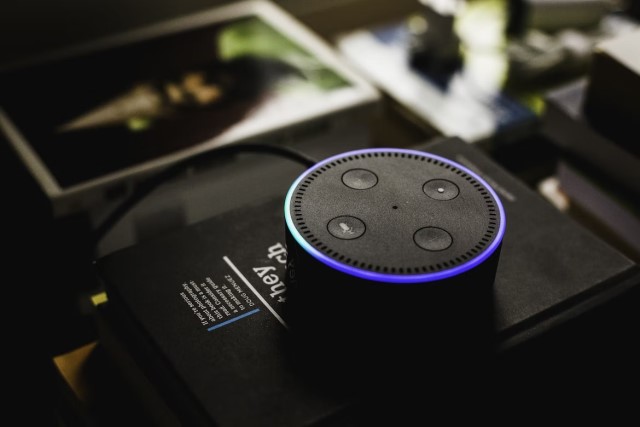Web 3.0 is a highly anticipated development in the internet and digital technology. Web 3.0 will reshape the way we understand the ownership of digital assets and is poised to bring power back to the people online.
Web 3.0 will have a particularly profound impact on the retail industry. Web 3.0 will allow retailers to sell their goods using cryptocurrency and will change the way that fashion brands market themselves online.
Widespread changes to the web will create jobs in retail, too. Tech-savvy folks will be able to pursue careers in the retail metaverse and talented creatives will be able to ply their wares in growing digital marketing departments.
Artificial Intelligence
Artificial intelligence (AI) is revolutionizing industries across India. Recent advancements in machine learning (ML) and deep learning (DL) algorithms mean that the AI of today is increasingly autonomous and able to offer retailers key insights about consumer behavior in the blink of an eye.
AI is particularly useful in analyzing trends and market pressures at a low cost. Most major retailers run at a narrow profit margin and cannot afford to miss a trend or lose income due to fraud.
AI can help retailers by analyzing massive amounts of data quicker than its human counterparts. This means that retailers who use AI can spot trends and identify patterns in consumer behavior. AI can detect anomalous behavior and flag subtle changes in data sets, too. This gives human decision-makers the chance to identify new trends or fraud in real-time as there is a minimal lag between data being received and analyzed by ML programs.
Retailers can use AI to refine their in-store design, too. Store layout is a key part of retail management and subtle changes to the design can have a big impact on a business’s bottom line. Retailers can use AI to track movement patterns, identify movement trends, and redesign their stores to increase sales and improve profitability.
Internet of Things
The Internet of Things (IoT) is key to the advancement of Web 3.0. The IoT refers to a network of devices that are all connected via Wi-Fi. Millions of people in India already leverage the power of IoT in the form of voice assistants and smartwatches.
Smart retail innovations are helping stores across the globe improve their profits and decrease their waste. An estimated 53% of specialty and department stores will soon implement real-time inventory management to better manage stock. Improved stock management is better for the consumer, too, as folks are less likely to be disappointed when they can’t find their particular size or style on the shelves.
Emerging IoT technology will connect Indian consumers to the metaverse. The IoT is a natural pathway between the real world and the digital world and can be utilized by retailers that want to appeal to the digital generation.
Metaverse Retail
The idea of a metaverse has long been heralded in movies and sci-fi novels. However, recent advancements in augmented reality (AR) and virtual reality (VR) technology mean that the digital retail space is finally a reality.
Metaverse retail does require a hefty initial outlay for designs and graphics. However, folks in the digital space are willing to part ways with real money to outfit their avatars with the latest clothes and accessories. This means that VR-compatible designs can be sold to consumers in volume with low production costs and a much higher profit margin than traditional clothing.
AR can enhance shoppers’ online experience. Folks can use AR technology to virtually overlay retail items that they wish to purchase. This means consumers can “try on” clothing without ever visiting the store in person. Hopefully, this will reduce shipping costs as consumers will have a chance to see what clothing will look like before purchasing it.
Digital Marketing and Content
Marketing is the backbone of any good retail store. Without effective marketing, consumers won’t know about new clothing ranges and are unlikely to resonate with the business’s brand.
Web 3.0 is changing the way retailers market themselves. “Aesthetic AI” helps the marketing department analyze, classify, organize, and migrate data across multiple platforms without the need for human labor. Advancements in AI-integrated content management ensure that voice searches for products drive traffic toward retailers who already utilize automatic speech recognition tools and natural language processing services.
Conclusion
Web 3.0 will reshape the way retail works forever. Increased adoption of AI and the IoT promises to increase operational efficiency, reduce waste, and help retailers adapt to consumer trends quicker. The metaverse also represents a huge opportunity for tech-savvy Indian retailers. Folks across the country are flocking to virtual spaces and want to equip their avatars with the most fashionable items possible. This is great news for digital marketers who can utilize “aesthetic AI” to produce omnichannel content that inspires.


